Spirited Fight: Iran's latest COVID-19 map has no red, orange zones
After a spirited fight against the COVID-19 pandemic, lasting more than two years, the new virus map released by Iran’s health ministry on Friday has brought a big cheer to people across the country.
In a daily health bulletin on Friday, the ministry announced 385 new infections and 8 fatalities.
However, what is remarkable is how the color of the nationwide coronavirus map has transformed, with no red or orange zones visible anymore.
While no city is currently marked in the “high-risk” red category, the cities in the “moderate-risk” orange category have also dropped from 4 to 0, according to the latest updates.
The number of cities with “low-risk”, marked as yellow, have also decreased from 319 to 259 cities on the latest map, as a testament to the successful fight against the pandemic that has wreaked havoc across the globe.
The highly-contagious delta and omicron variants of the pandemic, which fueled the surge in infections and deaths in Iran in recent months, have almost faded, according to health experts, taking the shape of normal flu.
The fight against the cataclysmic virus in Iran, however, has not been an easy one, because the Western powers left no stone unturned in weaponizing it against the Iranian nation.
When the first cases of the virus were detected in Iran in February 2020, the US and its allies, instead of extending a helping hand, tightened the screws of cruel sanctions and created seemingly insurmountable hurdles for the country.
The sanctions-battered country was among the worst-hit countries in the region in the first few months of the pandemic, before it caught the industrialized nations in the West in its ominous grip.
Incidentally, the worst-affected country in the world from the pandemic has been the United States, which initially used it as a weapon to punish the Iranian nation.
While Iran has in total recorded around 7.23 million cases and 141,000 deaths, in the US a total of 82.3 million infections and around 998,000 deaths have been registered since the outbreak.
Adversity often turns into an opportunity, and Iran demonstrated it by manufacturing indigenous vaccines to defeat the disease, especially after the leader of the Islamic Revolution refused to take vaccines from the US and UK, citing a lack of trust.
The World Health Organization (WHO) also acknowledged the success of those efforts at a time when the country faced severe restrictions on supply of drugs and medical equipment from abroad because of crippling US sanctions.
According to the health ministry data, 64.42 million Iranians have received at least one dose of the vaccine, while 57.69 million have received two jabs, and more than 27.28 million have got booster shots.
Dr. Mostafa Ghanei, a member of Iran’s national coronavirus vaccine committee, in an interview with Press TV, said the country has highly accurate test kits today to detect the spikes, cores, and envelopes.
“If we complete the third booster shot rollout, and if the high-risk population receives the fourth shot, we can be confident that, even if there’s a new variant, it won’t drag the country into another crisis,” he said.
Dr. Nader Tavakkoli, a member of Tehran’s coronavirus combat headquarters, told Press TV that the infections’ curve has seen a significant downward tilt in recent months.
“It’s safe to say that we’re currently experiencing the calmest time in the past two years or so since the COVID-19 pandemic started,” he said.
“We’re in a good position in terms of hospitalizations, infections, and the death rate to the point that Tehran’s COVID-related mortalities have been zero over the past few days.”
'Capitulation': Israeli officials and media concede Gaza defeat as truce unfolds
'Gaza has won': Social media users react to ceasefire with mix of relief, joy
Iran seeks South Korea’s assistance for AI, fiber-optic projects
VIDEO | Iran's 'Eqtedar' (Power) maneuver
Israel hits HTS military target in Syria for 1st time since fall of Assad
VIDEO | Press TV's news headlines
Israel has slaughtered 13,000 students in Gaza, West Bank
VIDEO | More Zionist than Zionists: Biden’s legacy to be defined by Gaza genocide



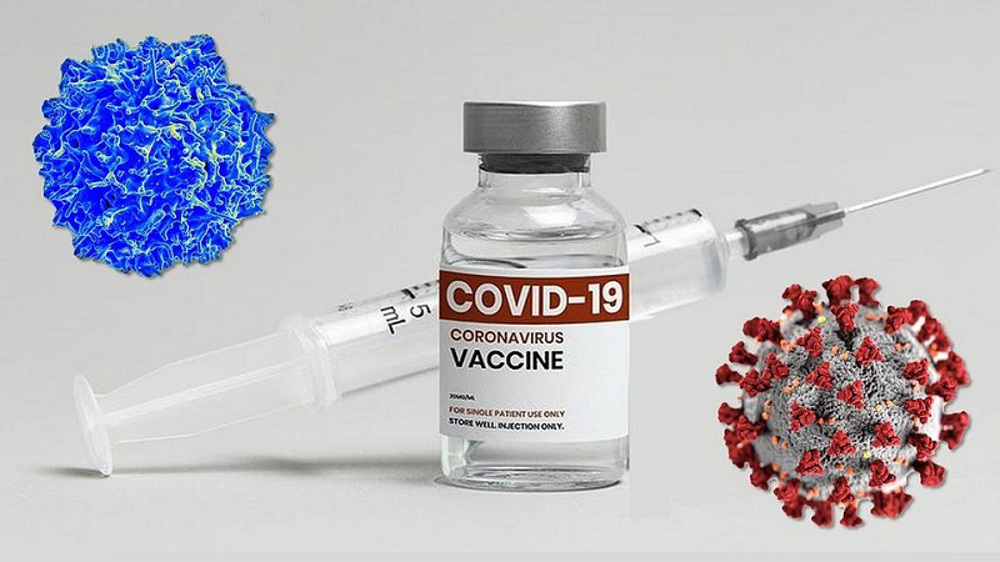
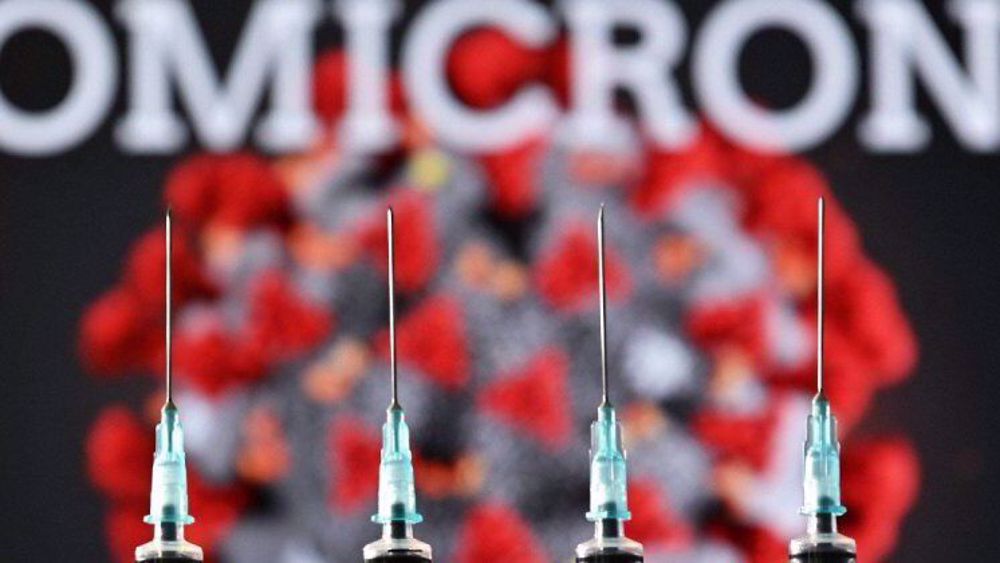
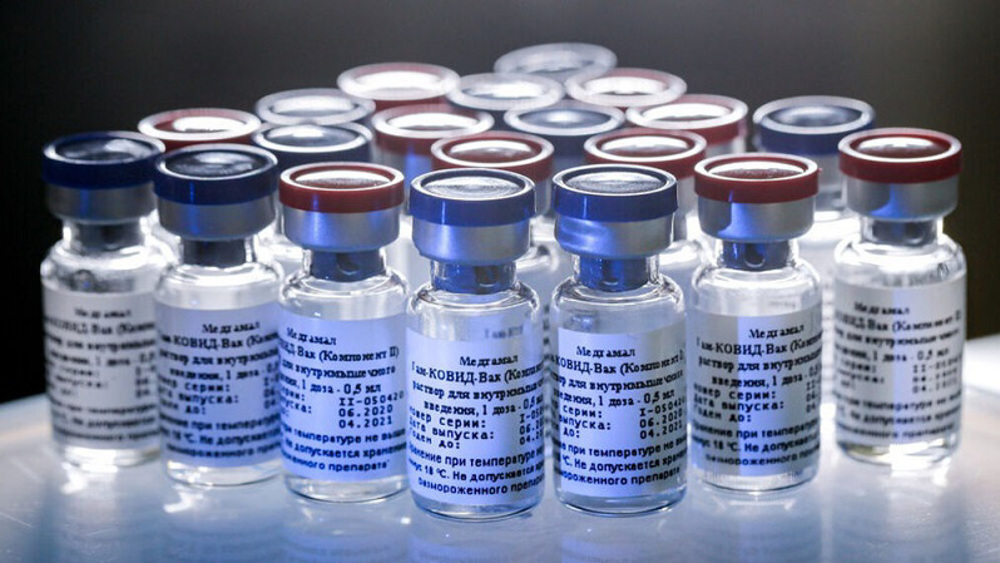




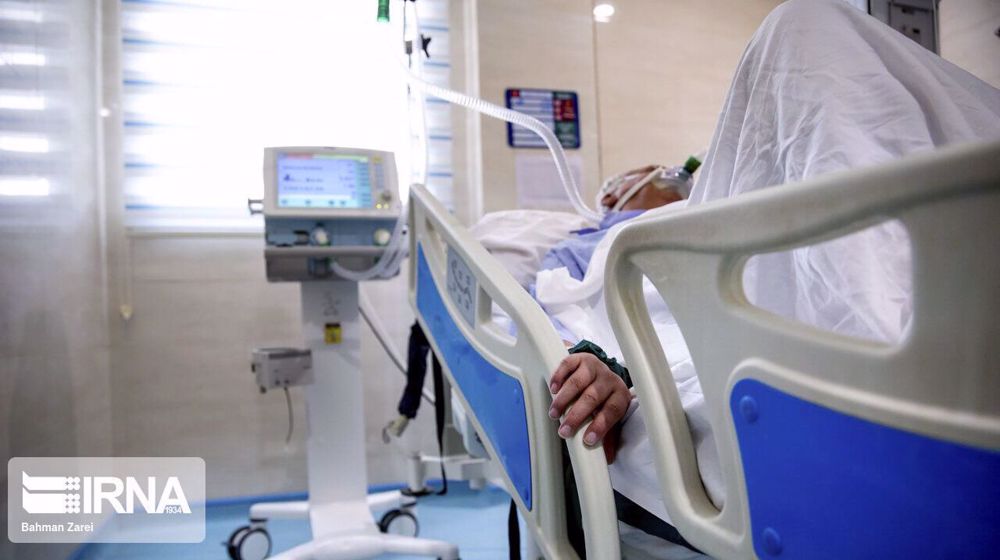
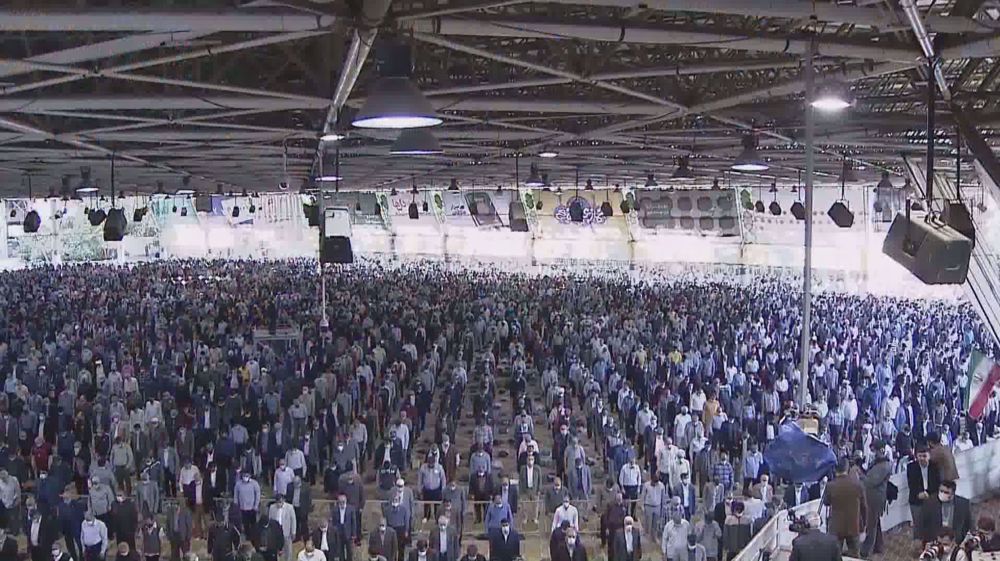
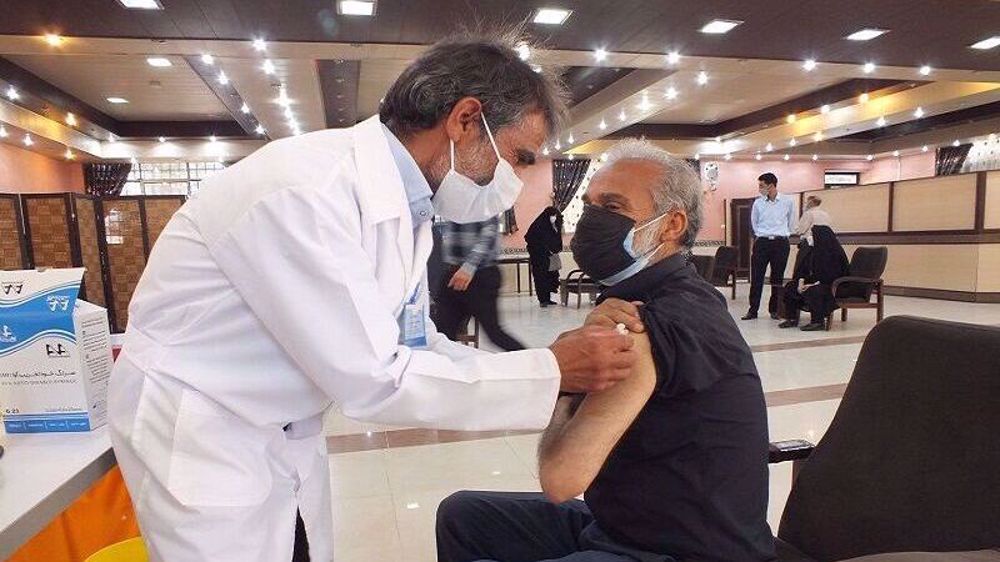
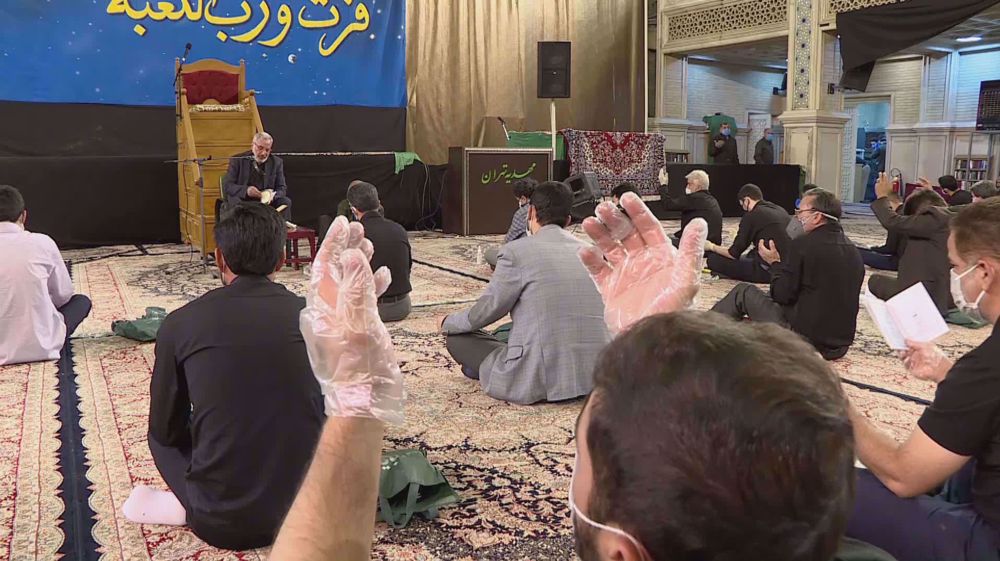
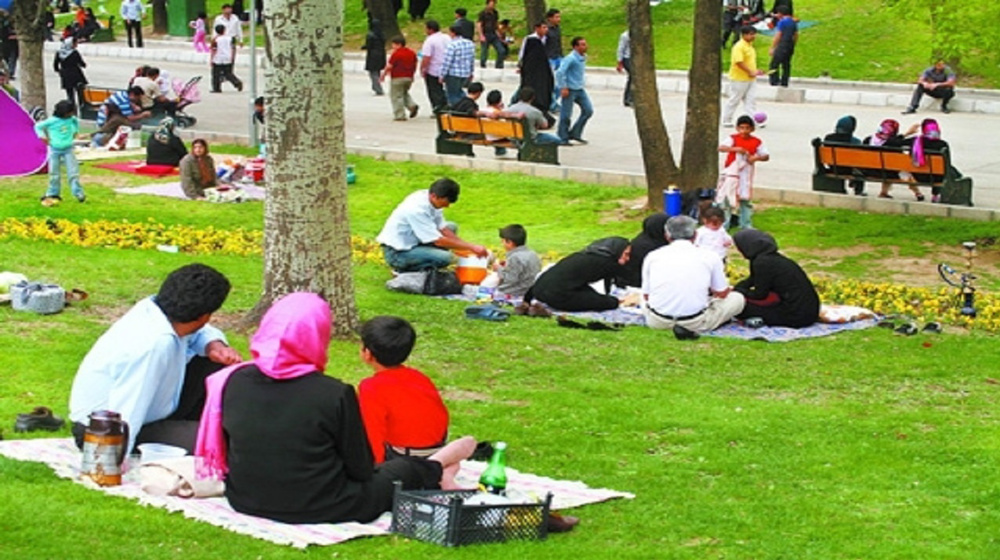

 This makes it easy to access the Press TV website
This makes it easy to access the Press TV website